
Harvesting Cereals , Agriculture Stock Photo Image of environment, farm 68822790
Bundle of harvested cereal plants - Crossword Clue and Answer Bundle of harvested cereal plants (5) Free pack of tutorial cryptic crosswords so you can learn step-by-step. I believe the answer is: sheaf
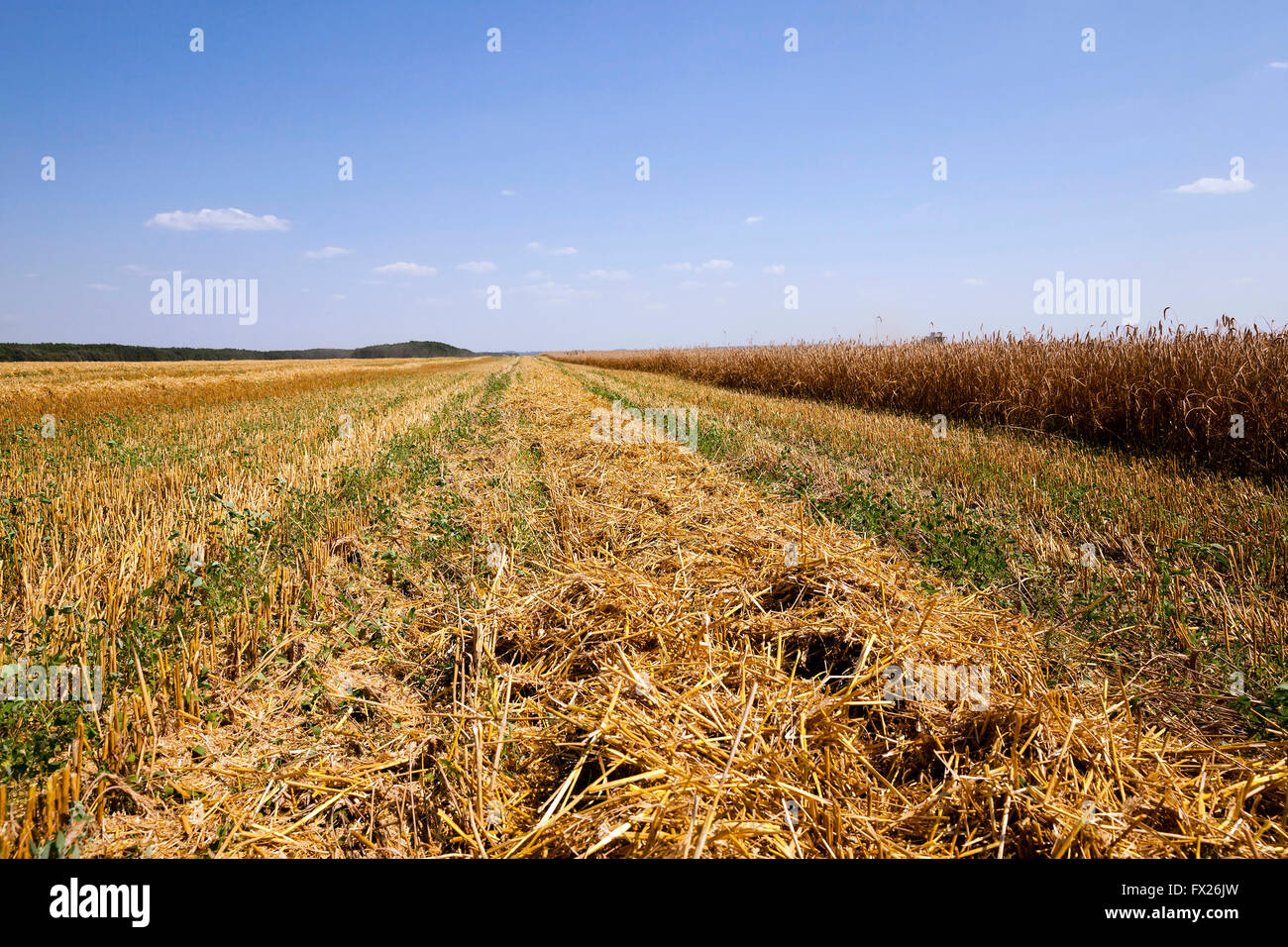
harvest of cereals Stock Photo Alamy
Harvesting of grain refers to the activities grain, or the entire plant for forage and/or silage cut, thresh, screen, clean, bind, pick, and shell harvested crops into trucks and transporting crops Crops harvested for their cereal kernels are cut portion containing the kernels). This portion is grain is stored in the harvest machine while the

Video How to grow a cereal crop for seed Farmers Weekly
The Crossword Solver found 30 answers to "Bundle of cereal plants", 5 letters crossword clue. The Crossword Solver finds answers to classic crosswords and cryptic crossword puzzles. Enter the length or pattern for better results. Click the answer to find similar crossword clues . Enter a Crossword Clue Sort by Length # of Letters or Pattern

Cereal Plants during Cultivation in the Field in Summer Stock Photo Image of bread, plants
The Crossword Solver found 30 answers to "Bundle of harvested cereal plants (5)", 5 letters crossword clue. The Crossword Solver finds answers to classic crosswords and cryptic crossword puzzles. Enter the length or pattern for better results. Click the answer to find similar crossword clues . Enter a Crossword Clue Sort by Length

Harvest of cereals stock image. Image of agricultural 61152705
Binder, machine for cutting grain and binding it into bundles, once widely used to cut small grain such as wheat. The first patent was issued on a self-tie binder in 1850. The horse-drawn twine binder, first marketed in 1880, remained the chief method of harvesting small grain during the early.

Cereals crop stock image. Image of harvest, field, straw 33955477
Optimum soil pH is 5.0 7.0, but pH in the range of 4.5 8.0 is tolerated. Suggested seeding rates are 1 to 2 bushes per acre if drilled, 1.5 to 3 bushes per acre if broadcast and lightly tilled in. A bushel of rye is said to weigh 56 pounds. It's best to use seeding rates on the high side if planting into a rough seedbed, seeding late in.
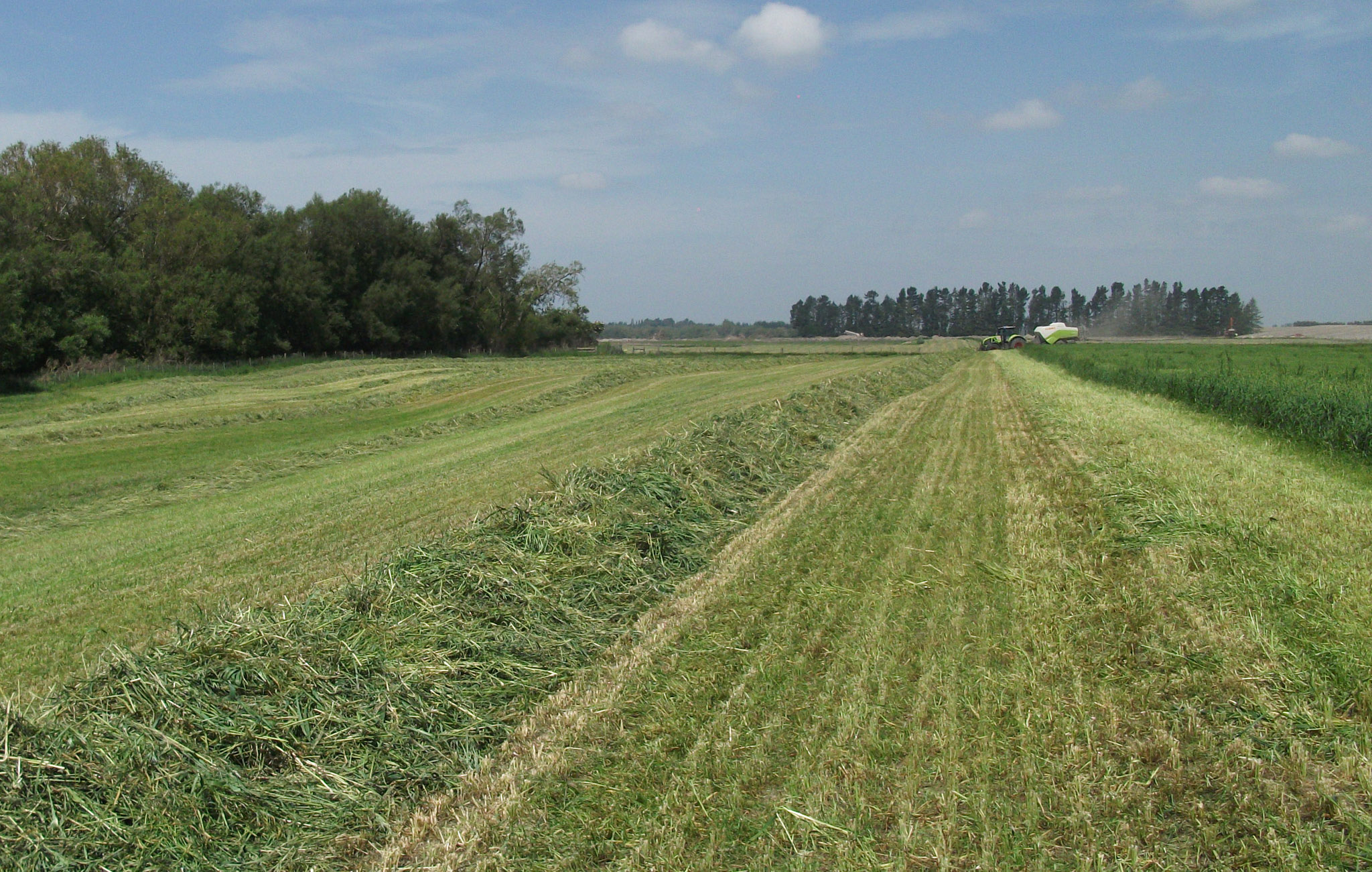
When to Harvest Forage Cereals Advice
Use a scythe or similar tool to cut down the stalks. Bundle the stalks together and hang them to dry for about two weeks. Test a couple of seeds by biting into them. If the seed is dry and crunchy, it is ready to harvest. Before harvesting grains, spread a tarp out to catch the seed.
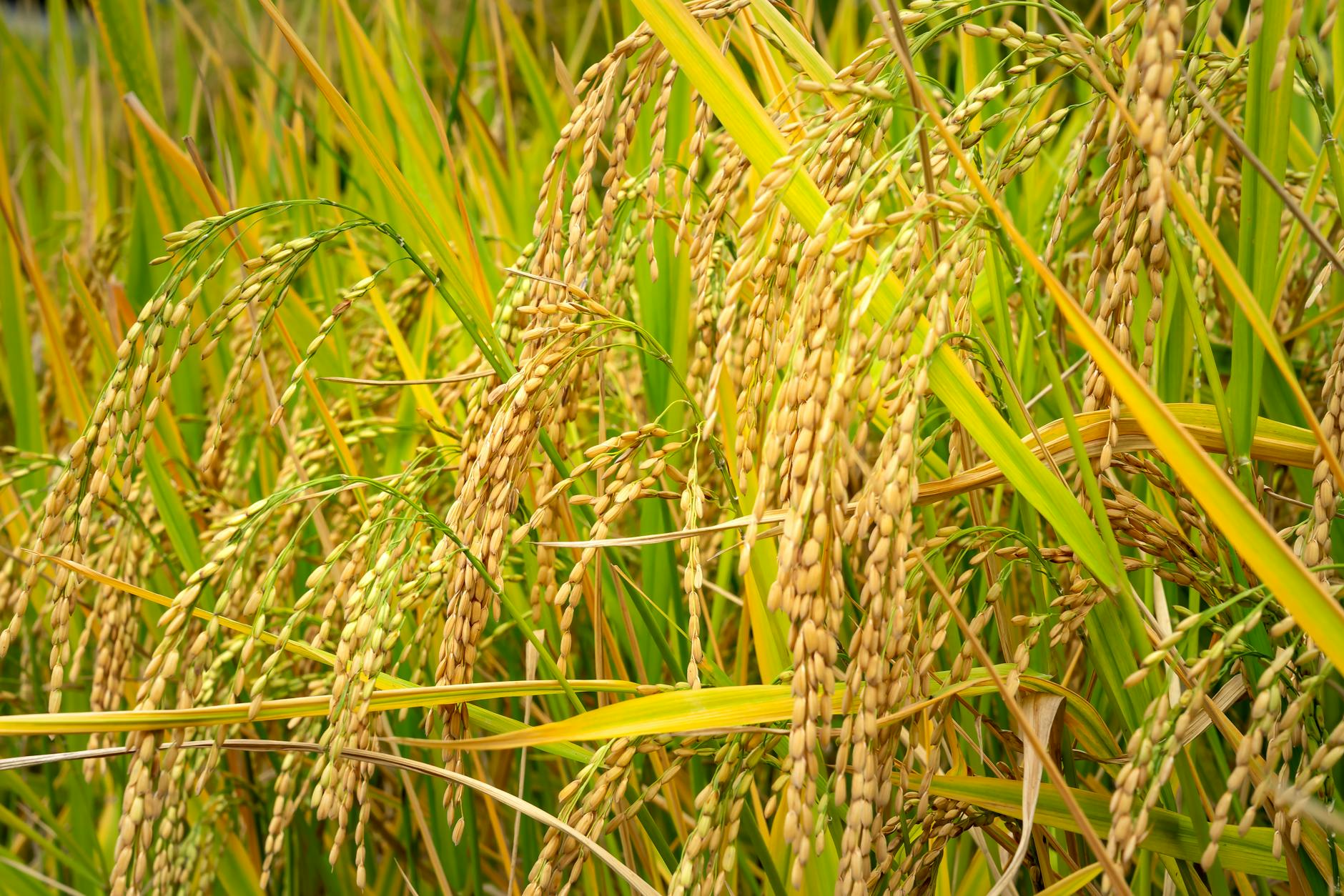
Cereal plant field in summer · Free Stock Photo
Chandler Strawberry Plants (Bundle of Approximately 25) Produces lots of semi-early fruit. The fruit size is medium to large, and medium in firmness. Very nice, sweet, dessert-quality flavor. Immensely popular in California, especially for southern California winter production; also performs well in the east and worth trying in the south.
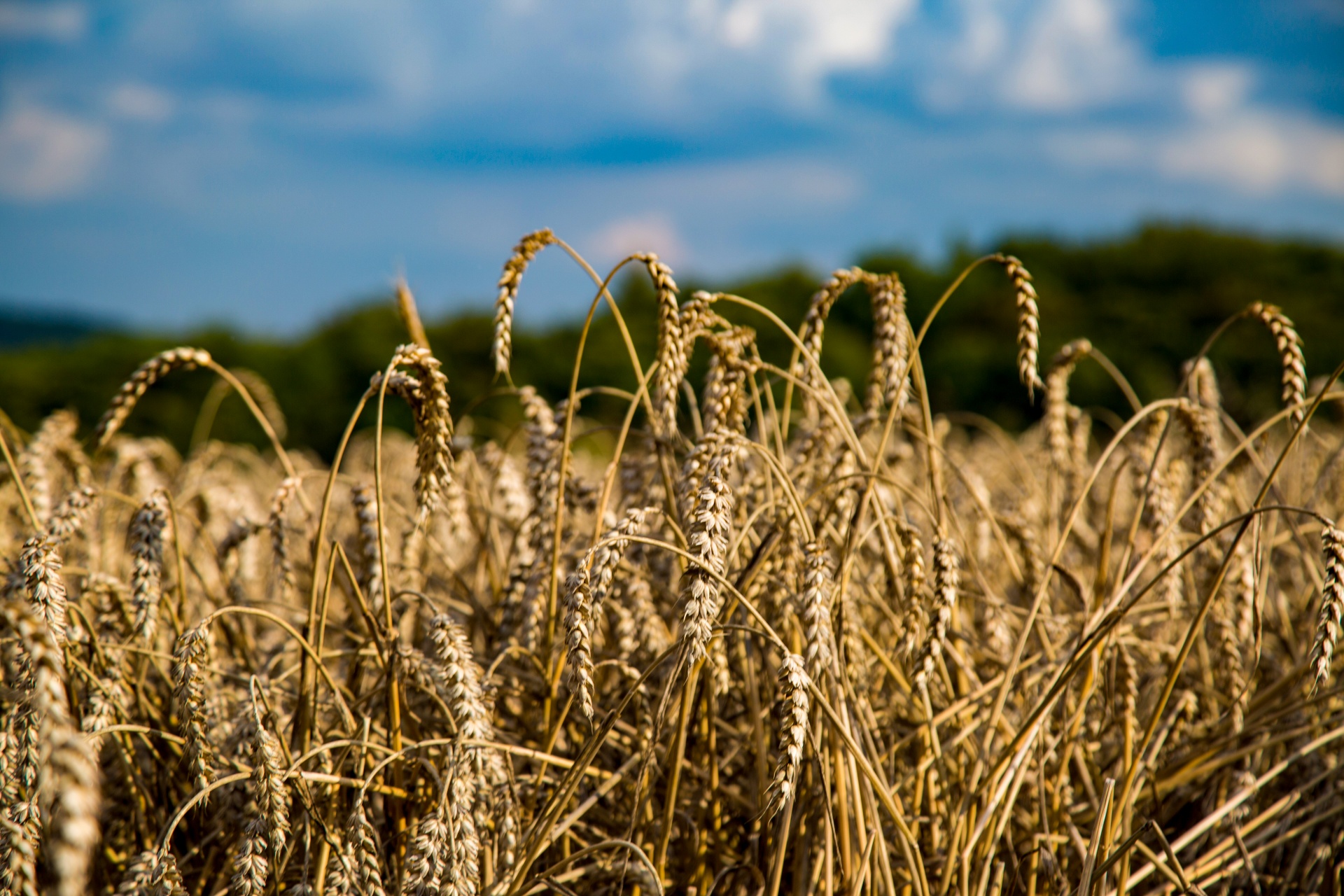
Cereal Plant Field Free Stock Photo Public Domain Pictures
The pitchfork is the correct tool for pitching loose hay and straw, or grain bundles that have been harvested with a binder. These have varying numbers of sharp tines. Mike found the center fork in an old barn.. Today's healthy-sounding slogan about a breakfast cereal made out of oats would have had a different connotation 100 years ago.
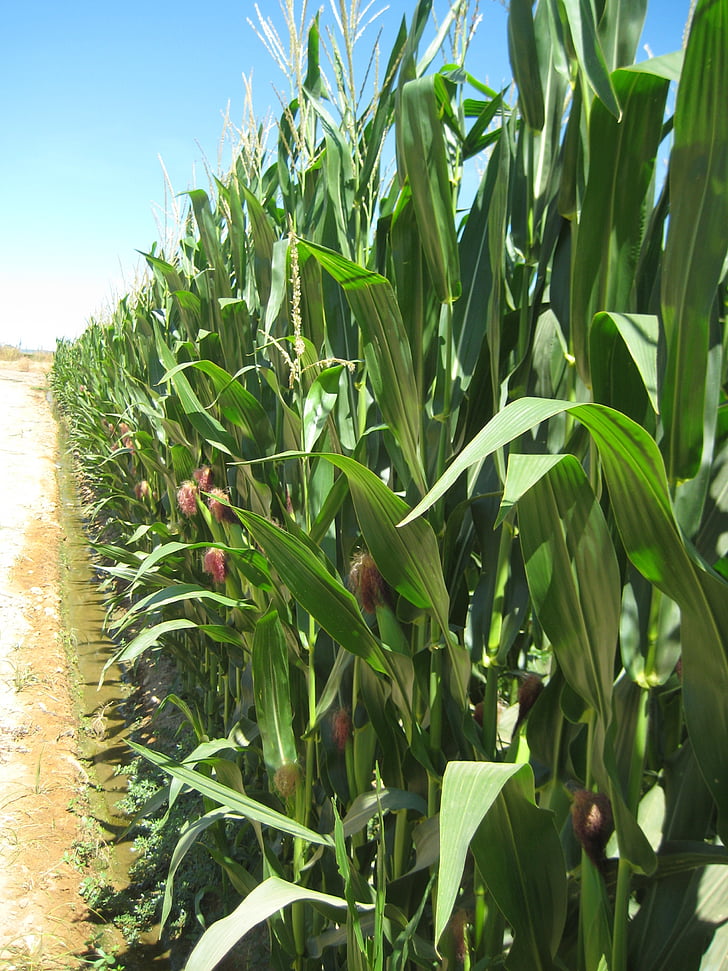
Free photo agriculture, corn, harvest, cereals, farm, nature, corn Crop Hippopx
Thumbnail descriptions of some of the many whole grain varieties that delight our taste buds in a wide range of dishes. Download a Printer Friendly handout of this page (170K PDF). The grains below, when consumed in a form including the bran, germ and endosperm, are examples of generally accepted whole grain foods and flours.Click here to access our full Grain of the Month Calendar, or click.

Cereals Crop HooDoo Wallpaper
Corn. Of the important grains and/or cereals listed above, only corn (maize) is a New World native. Corn is an important member of the grass family. Corn ( Zea mays) was domesticated from a wild plant called teosinte ( Zea mexicana) about 7000 years ago. This species was considered sacred and was central to Mayan creation myths.

Ripe Harvest Ready Wheat Crops Field in Summer, Cereal Plant Cultivation Stock Photo Image of
To figure out when it's time to harvest, watch your grain pass through three stages. In the first stage, when you squeeze a grain, a milky liquid oozes out. In the second stage, this "milk" hardens inside the grain, and the grain simply indents if squeezed. The time to harvest rye is during the third, mature stage. The grain is hard and.

Cereal Plants stock image. Image of agriculture, field 29074299
Flax, also known as common flax or linseed, is a flowering plant, Linum usitatissimum, in the family Linaceae.It is cultivated as a food and fiber crop in regions of the world with temperate climates.Textiles made from flax are known in English as linen and are traditionally used for bed sheets, underclothes, and table linen. Its oil is known as linseed oil.

Harvesting cereals . field stock photo. Image of gold 61151906
Collect the dried bundles of barley. After 2 to 3 weeks have passed, the barley should be dried out and have a low enough moisture content for you to thresh the grains. Take all of the bundles to the area you've prepared. [8] 3. Use a bat or stick to beat the grains from the stalks over the tarp.

Stubble of a Newly Harvested Cereal Crop Stock Photo Image of agricultural, natural 119051636
We have 1 possible answer in our database. Sponsored Links Possible answer: S H E A F Did you find this helpful? Share Tweet Look for more clues & answers Sponsored Links This may also interest you Spring flowering bulb Under (poetic) Dairy product with lactic acid bacteria added Skating venue Short, confused fight Table napkin

Harvest Time. Potato Fields, Cut Cereals. Stacked Bundles Stock Image Image of rural, field
Straw is an agricultural byproduct consisting of the dry stalks of cereal plants after the grain and chaff have been removed. It makes up about half of the yield [clarification needed] of cereal crops such as barley, oats, rice, rye and wheat.